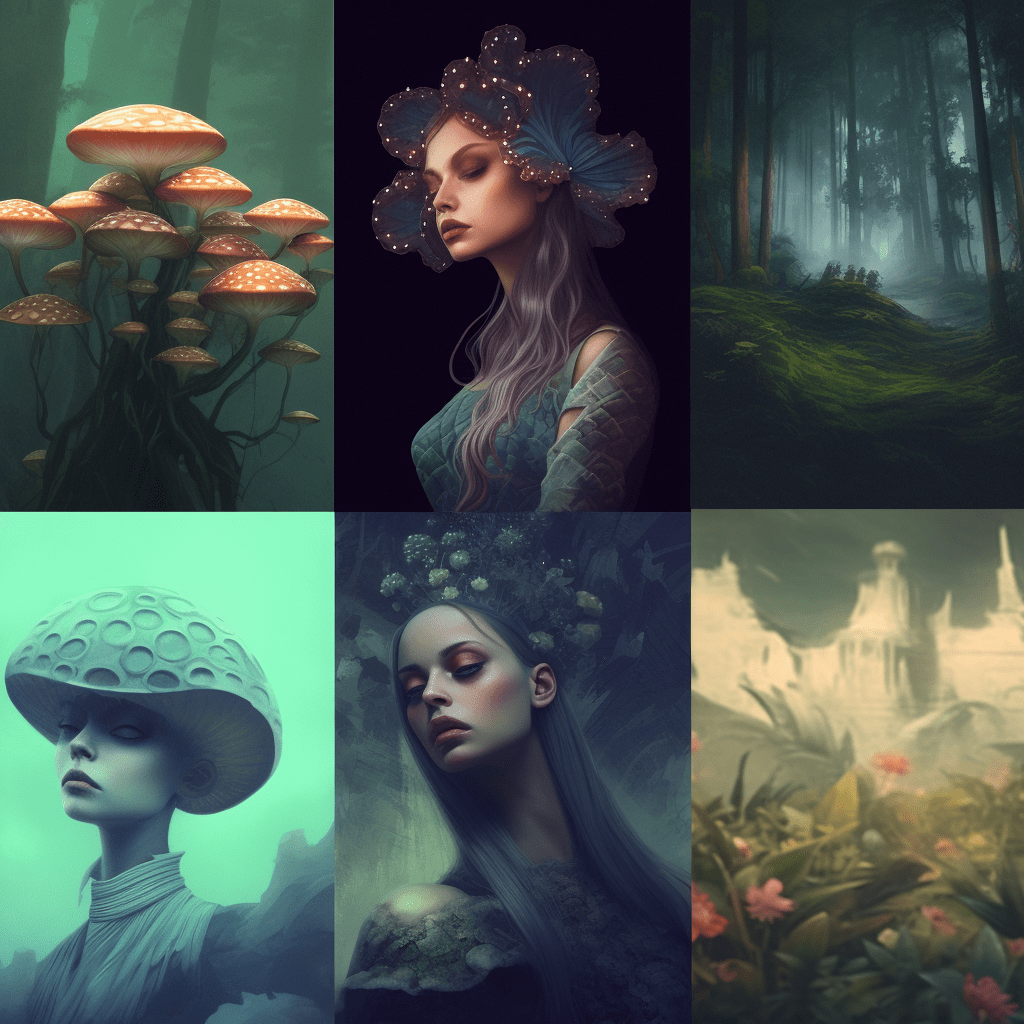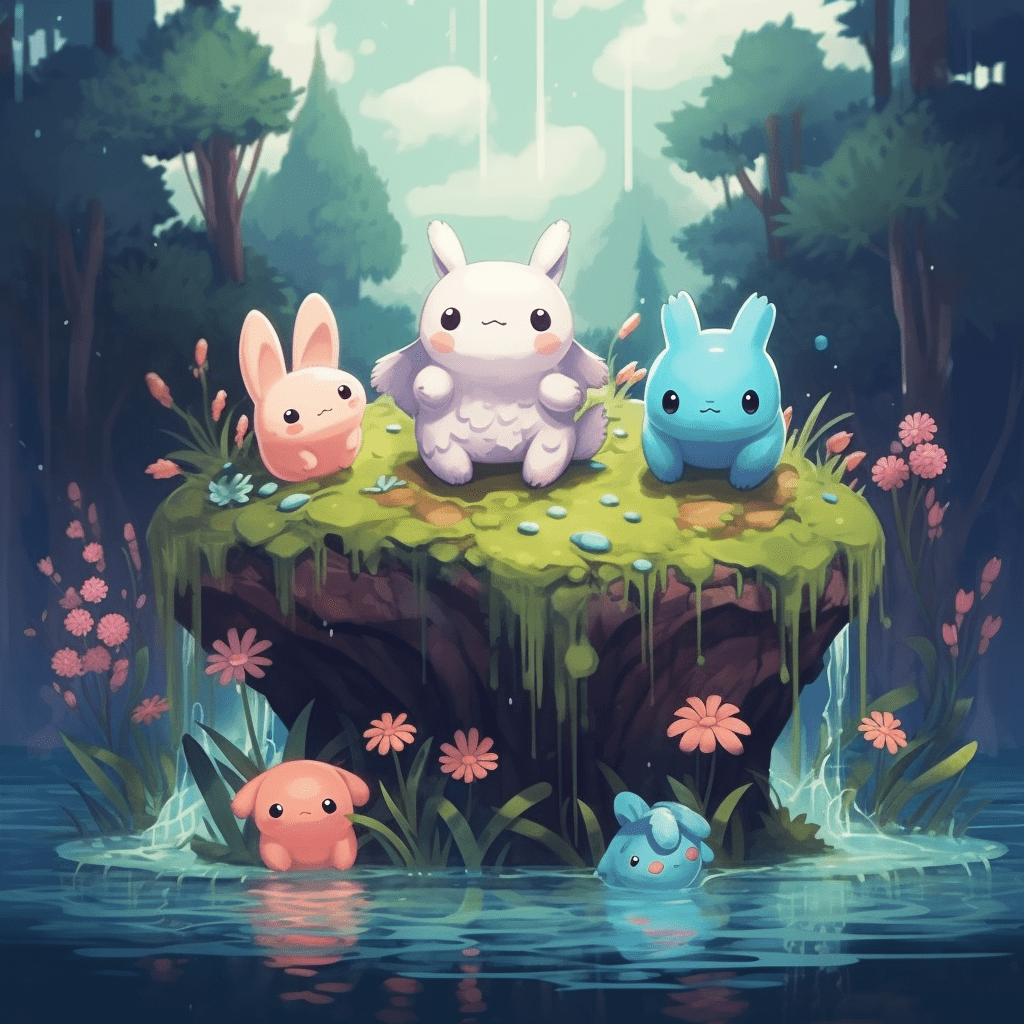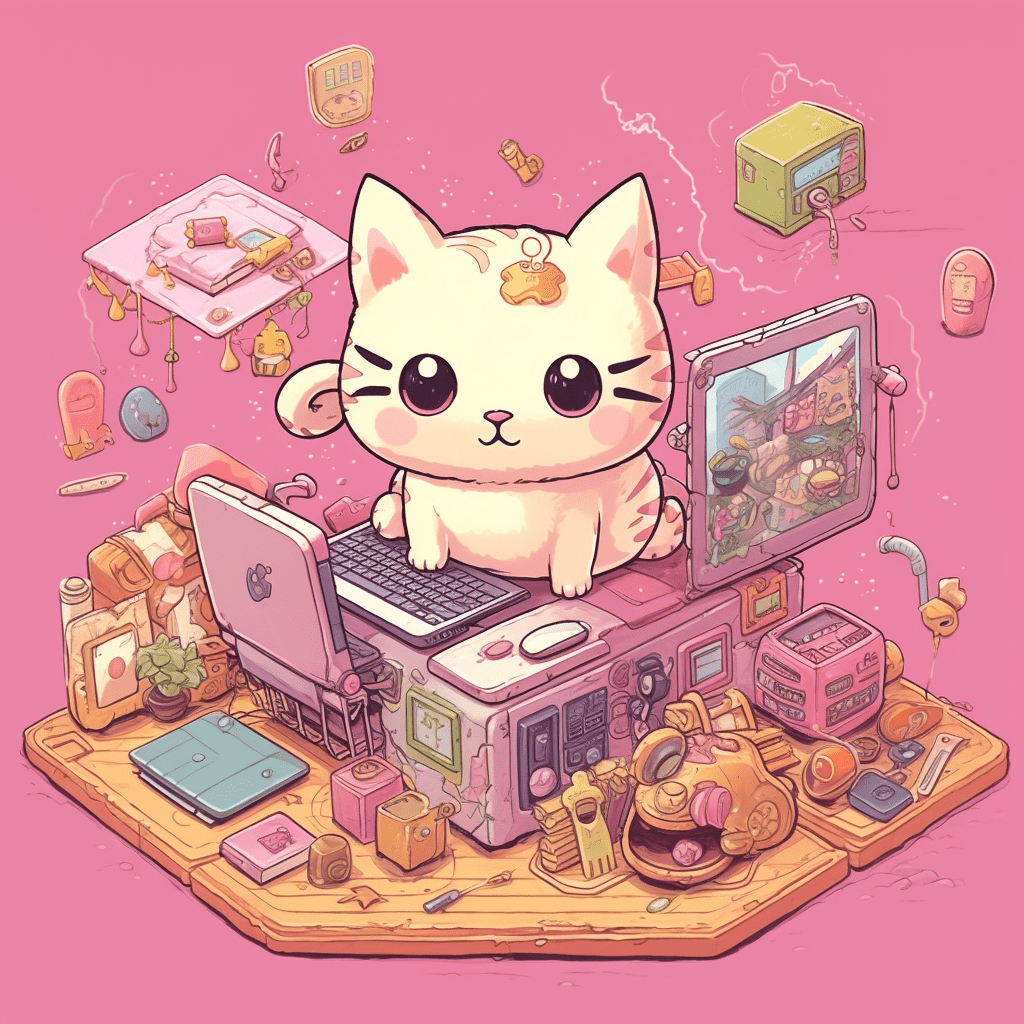
In the wild world of crypto, the rise of Non-Fungible Tokens (NFTs) has sparked a digital art revolution. Creating and selling unique digital assets has become an exciting endeavor for creators across the globe. However, the process of creating NFTs can seem daunting, particularly for those who are not familiar with the technicalities of blockchain or digital art creation. Enter the random NFT generator—a tool designed to simplify the process of creating unique, custom NFTs.
Understanding the Concept of a Random NFT Generator
A random NFT generator is a tool designed to create unique digital assets, namely NFTs, by combining various pre-set elements in a randomized manner. These generators leverage algorithms to randomly select and combine different aspects of the NFT, such as color, shape, texture, and more, resulting in a unique digital creation.
The Appeal of Using a Random NFT Generator

Ease of Use: The primary appeal of using a random NFT generator is its simplicity. You don’t need extensive technical knowledge or artistic skills to create custom NFTs. The generator does most of the heavy lifting, making it a great starting point for beginners in the NFT space.
Time Efficiency: Manual creation of NFTs can be a time-consuming process, especially if you’re aiming to create a large number of unique pieces. With a random NFT generator, you can produce a vast number of unique NFTs in a fraction of the time it would take to create them manually.
Uniqueness: Even though the generator does the creation, the algorithm ensures that each NFT is unique. The vast array of possible combinations of elements means that the likelihood of creating identical NFTs is extremely low.
Getting Started with a Random NFT Generator
Before you can start creating custom NFTs with a random NFT generator, you’ll need to understand the steps involved in the process. Here’s a simple guide to help you get started.
Choose a Suitable NFT Generator: There are numerous NFT generators available, each with its own set of features and capabilities. Some generators are designed to create specific types of NFTs, such as pixel art or 3D models, while others offer more general functionality. Research and choose a generator that suits your needs.
Prepare Your Base Elements: Once you’ve chosen a generator, the next step is to prepare your base elements. These are the components that will be combined to create your NFTs. Depending on the generator you’re using, these could be anything from simple shapes and colors to complex 3D models or hand-drawn designs. Some generators also allow you to upload your own elements, offering greater customization possibilities.
Configure the Generator: The next step is to configure the generator. This might involve setting the number of NFTs you want to create, defining how the elements should be combined, or determining the rarity of certain combinations. The exact configuration process will depend on the generator you’re using, so make sure to check the instructions or guides provided.
Consideration When Using a Random NFT Generator
While using a random NFT generator can simplify the creation process, there are a few things to keep in mind to ensure you create quality NFTs that hold value in the market.
Quality of Elements: The quality of your base elements plays a significant role in the overall quality of your NFTs. If you’re uploading your own elements, ensure they’re high-quality and aesthetically pleasing.
Final Thoughts

The rise of NFTs has introduced an exciting new dimension to digital creativity. With random NFT generators, creating unique and custom digital assets has never been easier. Whether you’re a seasoned artist or a curious beginner, these tools can help you explore your creativity and make your mark in the NFT space. But remember, while the generator does the hard work, the value of your NFTs ultimately comes down to their uniqueness, quality, and the demand in the market. So, whether you’re using a random NFT generator or creating NFTs manually, it’s crucial to focus on creating something unique and captivating.
